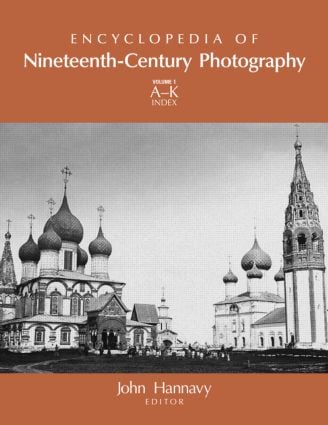Disappearance of hundreds of rare photographs: Brazilian memory pillaged
Maia Menezes, O Globo newspaper, Rio de Janeiro, July 20, 2005
The balance of the strike (three months long) of the servers of the Ministry of the Culture was negative for the National Library in
Last night, when handling for the first time some works of the collection after the stoppage, technicians of the library had evidenced the disappearance of hundreds of rare photographs - so far 150 had been catalogued.
The inventory was still not concluded, but the president of the foundation, Pedro Corrêa do Lago, already identified that works of at least four photographers had disappeared - Brazilian photographer Marc Ferrez, the Germans August Stahl and Guillermo Liebenau and English Benjamin Mulock - that had eternalized images of
-- We are still making a list (of the stolen works), that will be spread to prevent that good-faith people buy the photos - Pedro Corrêa do Lago said. The Environment and Heritage Department of the Federal Police will make a hearing of the employees who had noticed the disappearance, registered yesterday. According to some workers of the National Library Foundation, the photographs had dimensions equivalents to three postcards. They stand out that the thieves had substituted the stolen photographs for others, also antiques, but without any value. This can be an indication of that the involved people in the robbery had free access to the collection.
The photographs had been seen by the last time three months ago, when they had been presented to a delegation of the Library of the Congress of the
According to the President, private security guards contracted by the Foundation had worked all time during the period of the strike. Technician of the National Library had informed that the strikers had stopped 300 contracted men and 300 full time employees that worked there, but the security had access to the building. In
accordance with the
The photographer Peter Karp Vasquez, author of the book "
- These photos have a very great symbolic value. It was a collection donated to the nation by the Emperor Dom Pedro II. It was distributed between the
The Brazilian historian Milton Teixeira also remembers that the works are a part of some 48.236 albums and photographs of the Teresa Cristina Maria collection (named after Dom Pedro II's wife), left in will for the Emperor.
In the evaluation of Milton Teixeira, the photographs could separately be sold for an esteem value of R$ 5,000 [about US$ 2,200] each. - This is the most fabulous collection of
The German photographer August Stahl registered the construction in Pernambuco, in 1858 and 1859, of the second railroad of



